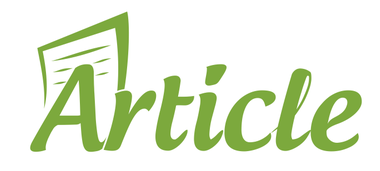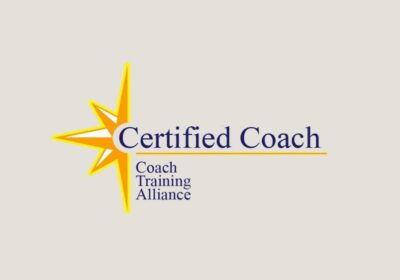
How To Get A Teaching Job In A Few Steps
What is the fastest way to land a job in academia? You’ve probably done your fair share of searching the web. When searching “how to get a teaching job”, you’ve undoubtedly come across many blog posts on how to become a professor. These blog posts likely offer good advice, but you’re more interested in actionable items that you can implement today.
If you want to know how to get a teaching job in a few steps? Getting a teaching job isn’t that hard, but to make it easier for you, I’ve sorted out all the relatively easy and straightforward tasks.
Teaching is a rewarding career, but it’s competitive. There are many factors that can impact your ability to get a teaching job. A good resume, professional references and work experience are all important factors.
Here are some steps to follow to get your first teaching job:
Create a solid resume that includes your education as well as any experience you have in the classroom.
Write a cover letter that explains why you want to be a teacher, and how your skills and experience make you an ideal candidate for the job.
Apply to the school or district where you want to work. Be sure to include any letters of recommendation or other documentation that shows how strong of a candidate you are. You also need a copy of your diploma and/or college transcript. Some states require licensing exams, so find out if you need to take one before applying for jobs in that state.
Prepare for interviews and know what questions they may ask, such as how long you’ve been teaching, what subjects you teach and what qualifications you have for this job.
Ask about benefits at each school or district where you apply for work, such as healthcare plans and retirement plans. This will help ensure that once hired, there won’t be any surprises on benefits offered by the school.
How to get a teaching job at your desired institution
Teaching is a noble profession and a challenging career. It helps shape the character, caliber and future of an individual. If you are dedicated, passionate and committed to teaching, it can be a very rewarding career. The following steps will help you get a teaching job at your desired institution:
Step 1: Prepare for Entrance Tests to Get a Teaching Job
The first step is to crack the entrance test for admission into B.Ed or M.Ed courses. Successful completion of these courses will open up various opportunities for you as a teacher.
Step 2: Choose the Right Course Based on Your Interest
There are several specializations available like primary school teaching, special education and early childhood education etc. Therefore, choose your course based on the age group that you wish to teach. You could pursue a diploma in elementary education or Bachelors in Education (B.Ed) or Masters in Education (M.Ed).
Step 3: Complete Your Teacher Training Program
The duration of the Bachelors in Education (B.Ed) course is one year while Masters in Education (M.Ed) can be done full time in two years or part time over four years. There are also short term certificate courses available at the elementary level for graduates who want to enroll for teaching jobs at schools.
Step 4: Apply for licensing or certification
You will need to check with your state’s department of education to find out what procedures need to be followed in order to get your teaching license. Many states require some form of a teaching certificate and/or background check. They may also require you to take certain teacher-training courses or pass a series of examinations, including the PRAXIS 1 and PRAXIS 2 or CSET exams.
Step 5: Develop a teaching strategy
You should also take the time to plan how you’ll approach your classroom management style and what teaching strategies you’ll use.
A good place to start is with the framework of constructivism, which emphasizes students’ prior knowledge and encourages them to make their own discoveries through hands on learning experiences.
There are many different teaching strategies that fall under the umbrella of constructivism, including inquiry based learning, project based learning, flipped classrooms and social constructivism. Consider which of these approaches fits your personality and goals as an educator, then focus on enhancing your skills and abilities in that area.


















